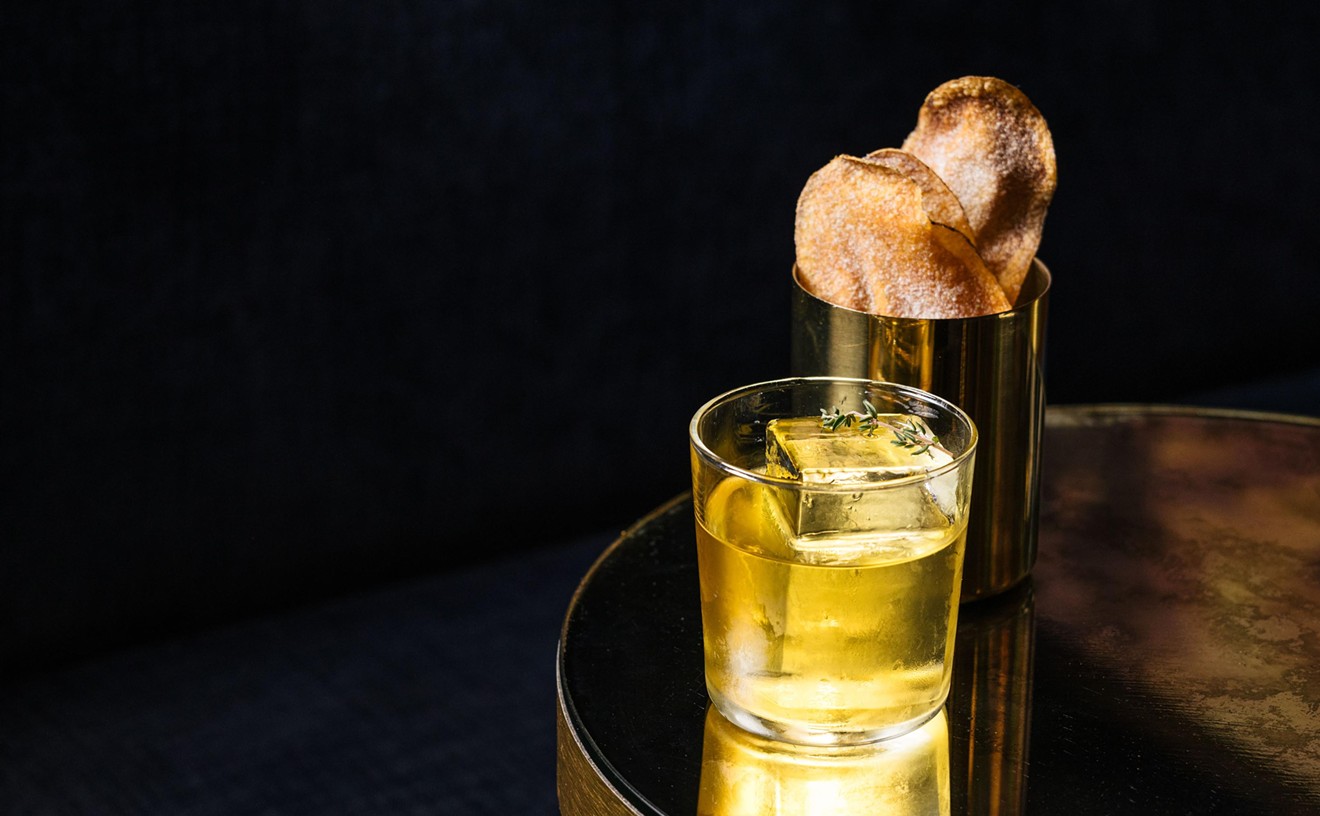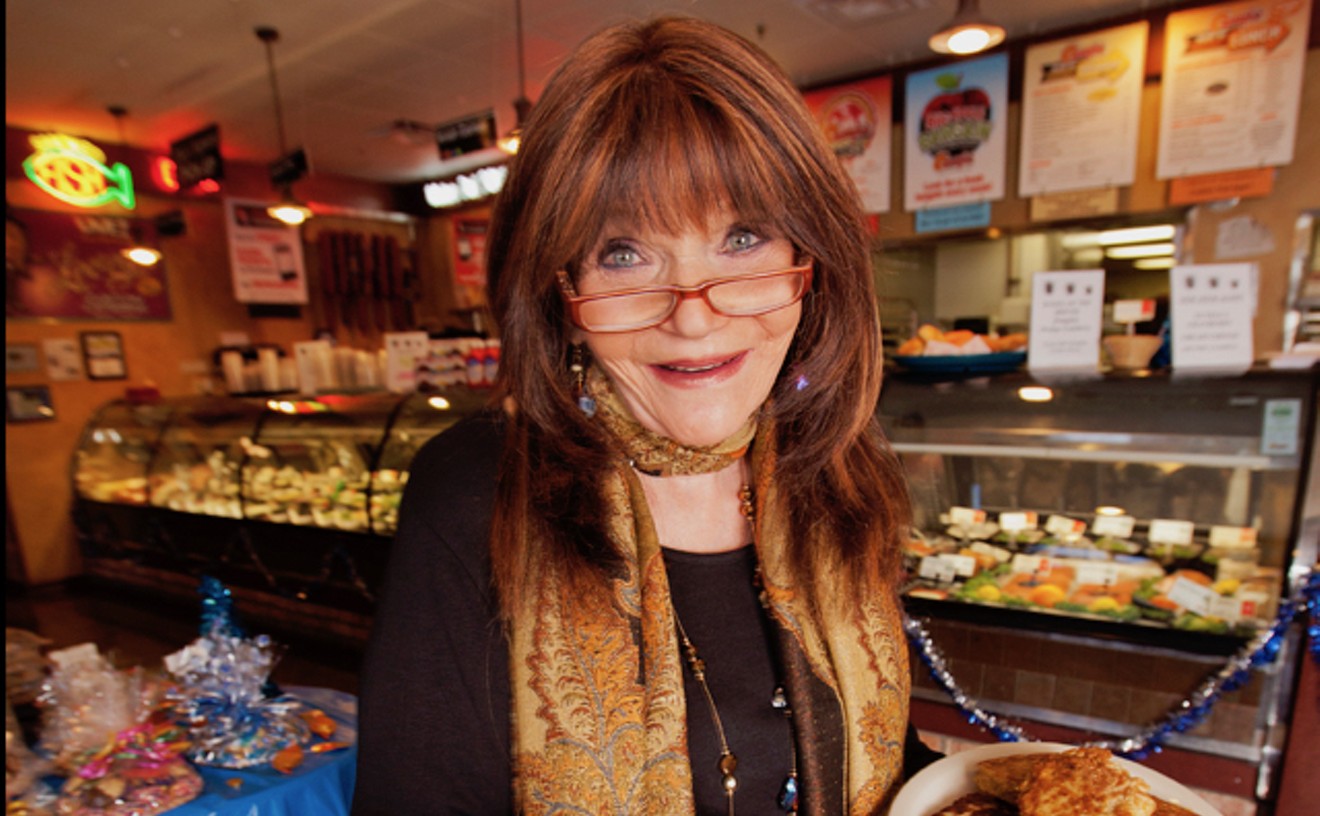In the eighteenth century, Carl Linnaeus, the Swedish botanist credited for the naming and classification system used to distinguish plants and species found in Europe and the New World, named the cacao tree, Theobroma cacao, "food of the gods". Cacao had a long-established spiritual connotation among the Mayans and the Aztecs. The Mayans had a cacao god, the Aztecs accepted the beans as currency, and both cultures used the bean in food and beverage preparation.
The bean and its derivative chocolate drink arrived in Europe from the New World along with Native Americans, brought to prepare a chocolate beverage for European aristocracy. Chocolate houses were established as the drink gained popularity, and became associated with beneficial medicinal qualities. The development of chocolate as we know it today, took centuries after the bean was first introduced to Europe by Spanish conquistadors.
Cacao and its derivitive chocolate still hold a magical power that reaches beyond the palate. Lisa Reinhardt started her Phoenix-based business, Wei of Chocolate, based on the belief of the transformational qualities of chocolate.
follow the jump for Lisa's ah-ha chocolate moment and more
Lisa's Wei of Chocolate flavors are created with a blend of herbal and floral essences. Her combinations are based on specific attributes of the floral essence, not the flavors. Today in Sweet Talk Lisa describes the path she traveled to become a chocolatier, why chocolate is her chosen language, and how to enjoy the "space between two thoughts".
Did you always know food would be in your future?
I didn't grow up thinking I would be a chocolatier. I grew up in a small town in western New York, where there were more cows than people. I feared I would never get out! In college I majored in history and English. There was a fellowship to teach in Brittany, France. Although my French was terrible, I received the fellowship, and after teaching at the university level, I went to live in Paris, working as a nanny.
I met a man in Paris (yes, it was romance), and he told me about Tibet and the culture. I was curious and wanted to learn more, to learn from the source. I traveled to Tibet, Nepal and India and stayed, on and off, for 11 years. We were based in Katmandu, but traveled all over Southeast Asia. During that time, I worked at a monastery, learned to meditate, lived in a cave, and learned to read, write and speak Tibetan.
When I came back to the states to live, I wanted to find a way to bring the important lessons from living in the East to life in the West. I noticed how busy everyone appeared here, everyone was in such a hurry- so much impatience in daily activity. My thought was how could I introduce meditation into daily life here?
Was it difficult to make the transition to come back here to live?
When I worked at the monastery as Lama Kalsang's secretary, I learned that everything should be done for the benefit of others. That was the barometer, the view of the world. That belief infiltrated everything for me. Returning here, the biggest adjustment was recognizing that is not the way everyone operates.
What was the ah-ha chocolate moment?
Katie Hess of Lotus Wei made chocolate truffles for a tea ceremony. I think they were made with chili, macha and eleuthero. Those truffles planted a seed- maybe the act of taking a moment to experience chocolate was a way to communicate the benefit of meditation, a way to give people permission to take a break.
I liked the idea, but there was also a moral dilemma for me. I didn't want to encourage eating something that was unhealthy. As I did my research I discovered it's the sugar added to chocolate candy that is damaging, not the chocolate. Chocolate has a history of positive medicinal effects and scientific research is proving the benefits of eating chocolate.
There was also the karmic situation of sourcing chocolate. I did not want to participate in an unethical trade system. I discovered sources for fair trade chocolate, and chocolate that is organic, and vegan. Dairy free chocolate is important if eating it for health as milk blocks the natural anti-oxidants in the chocolate.
I attended to the Fancy Food Show in 2007. The chocolatiers I met with were so open and welcoming. I learned more about chocolate making and the business of a chocolatier. I came back committed and ordered a tempering machine.
How did you launch the business?
The Downtown Phoenix Market was celebrating its 2nd anniversary. I had just ordered my chocolate tempering machine on e-bay. On a Saturday I agreed to participate in the market, on Tuesday my machine arrived and on Wednesday I was in production -- the business launched!
The business has grown through my participation in local farmers' markets. I am now in 8-10 market locations weekly, and have an on-line ordering site.
What inspires you as you develop the business?
Watching people experience something unexpected when they eat the chocolate. I am forthright and ask customers to take the chocolate, place it in their mouth without chewing, and let their body heat melt the chocolate on their tongue. There is an awareness that occurs around that tasting moment.
They let go of thoughts and concentrate on savoring the moment. That is my goal, to introduce a break in their day and allow the body and mind to re-balance. Experiencing chocolate by savoring instead of chewing refocuses people and allows for total presence in the moment.
What were some of the hard lessons in learning to make chocolate?
Tempering the chocolate takes persistence and muscle! Making chocolate in Arizona is insane due to the temperature. Five months out of the year we have temperatures that are above the ambient temperature of chocolate's melting point.
We do sell and ship our chocolate year-round. We had to develop a system for both shipping and selling at outdoor markets that protected the chocolate from the heat. We learned never to face south when setting up a booth at the outdoor markets.
What are some of the lessons learned from starting up your business?
No matter how smart you think you are, it is difficult to make money as quickly as you think you can. If you are going to start a business, prepare for the long haul. You need to have a long- term commitment to your idea to make it happen.
Does the name Wei of Chocolate have a meaning?
Katie's business Lotus Wei came first. Wei comes from a Chinese character. And "Wei wu Wei" means the action of non-action or transformative action.
Every chocolate we produce has flower essence added to it. We use the essence for its homeopathic qualities, not as a flavor enhancement. Our aim is to create a transformative chocolate experience.
Do you have a particular food style?
My food style is my life style. I like to eat locally grown and produced food. I like food that is fresh and alive. Most important is paying attention to the experience of food and eating, bite by bite.
In Tibet, I had a diet based on barley flour and yak yogurt. The food was nourishing. We had no refrigeration, no meat, yet the food we had was packed with nutrients. I don't know if it was the altitude or maybe the soil content.
At different times in my life I have tried a vegan diet, a raw diet, and been a vegetarian. At this point I do eat meat (not beef). I don't think you can legislate a diet for everyone.
We each have a different body type and different needs and demands at different times in our lives. If you are paying attention, you are drawn to what your body needs. For me it's important to eat consciously, savor food, and eat for health.
What are some of your favorite flavor combinations in chocolates?
When I started out, I loved chili and chocolate, I wanted to have the chili in every type of chocolate we did. I happen to love lemongrass and lavender, but it was not a big seller. Everyone likes salty and sweet combined together in chocolate.
In spring I would like to do some new flavors, maybe with green tea. I also like espresso, it's a mellow flavor combined with chocolate. It all relates back to the medicinal benefit of what I am using with the chocolate, the underlying benefits.
What do you do when you are not working in chocolate?
On my off time, if I travel its usually business related. Technology makes our work and personal life hard to separate. My business is not 9-5; it is really my practice (Buddhist), and inseparable from the rest of my life.
If I weren't doing what I am doing with Wei of Chocolate, I would be back
in Katmandu living in a cave!
What do you cook at home?
Usually, we cook at work! We have lunch together a few times a week here. I eat a lot of Asian inspired dishes, and right now I am exploring an eating program designed by Tim Ferris who wrote The 4 Hour Work Week.
What would you like to see happen in Phoenix?
An Asian style bathhouse, like Kabuki Springs in San Francisco.
I would like to see more people committing a part of their grocery money to the Phoenix Market CSM card. It's like a debit card that you put whatever amount on it you want and then use it when you want to. For me, it's a way to make sure that I'm walking the talk of buying local. If we all did that, it would insure the sustainability of not only the urban grocery store we have, but also all the local suppliers that sell to them.










